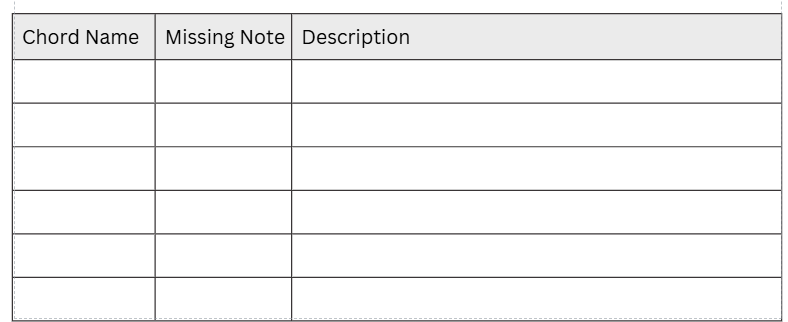What is an Etude?
- Aug 8, 2025
- 3 min read
An étude is a musical composition, usually short, designed to improve a musician's technical skills on a particular instrument. It's essentially a musical exercise, often with a focus on a specific technique like scales, arpeggios, or finger dexterity. While originally conceived for practice, many études have become recognised as concert pieces, appreciated for their musicality as well as their technical demands.
Hermann Berens (1826 - 1880) was a German-born Swedish composer from the Romantic Era (1820 to 1900). He was famous mainly for his piano music, but he also wrote for orchestra, voice, violin, cello, organ, and ensembles. He was a composer, conductor, pianist, piano tutor, and teacher of composition. He was a big fan of Beethoven, Schumann, Spohr, and Lortzing and may have heard Wagner in Dresden.
As a young man, he was under great pressure to achieve, and it is likely, given his symptoms, that he suffered from mental and physical health problems, including imposter syndrome, depression, and mood swings, alongside diabetes. However, through all these challenges, he was a prominent chamber musician and enjoyed considerable success in his own lifetime with his piano études.
Romantic era piano music is characterised by its emphasis on emotional expression, rich harmonies, and virtuosic display. Composers explored a dynamics, tempos, and textures than in previous periods, often using the piano to evoke a spectrum of human emotions and tell dramatic stories. To play them well, you need a strong technique and an active imagination.
Questions on an Etude?
Question 1: What is the primary purpose of an étude?
Question 2: What is Hermann Berens mainly famous for?
Question 3: From what musical era was Hermann Berens?
Question 4: Name one instrument, other than piano, that Berens wrote music for.
Question 5: What role did Hermann Berens have, besides being a composer?
Question 6: Name one composer that Berens was a fan of.
Question 7: What kind of health problems is it likely Berens suffered from?
Question 8: Name one characteristic of Romantic era piano music.
Exercises on an Etude 1
Complete the chord boxes below.
Write the root of the chord in the top box.
The chord notes are written in the lower boxes.
For each chord, the box furthest to the left is for the root, followed by the third, and then the fifth.
For the Dominant Seventh chord, remember that its seventh is the seventh note above its root (the dominant of G), or the fourth note of the G major scale. The seventh is written in the furthest box to the right.

Using the scale line below, complete the letter names for one octave and a fifth.. Remember to include the sharp from the key signature.

When using chords, you do not need to include every note. Sometimes a composer may omit one of the notes as can be seen in the next exercise, & in the Etude by Beren’s Try playing the above chords with the root note missing. How does the sound change? Can you describe it? Try omitting the third, then the fifth, for the other notes and write your discoveries on the chart below. You can continue on a separate sheet if needed.

Exercises on an Etude 2
Add the words from the wordbank to the boxes below. Cross out the word as it is used. Each word is used once. When complete play and name each chord out loud.





